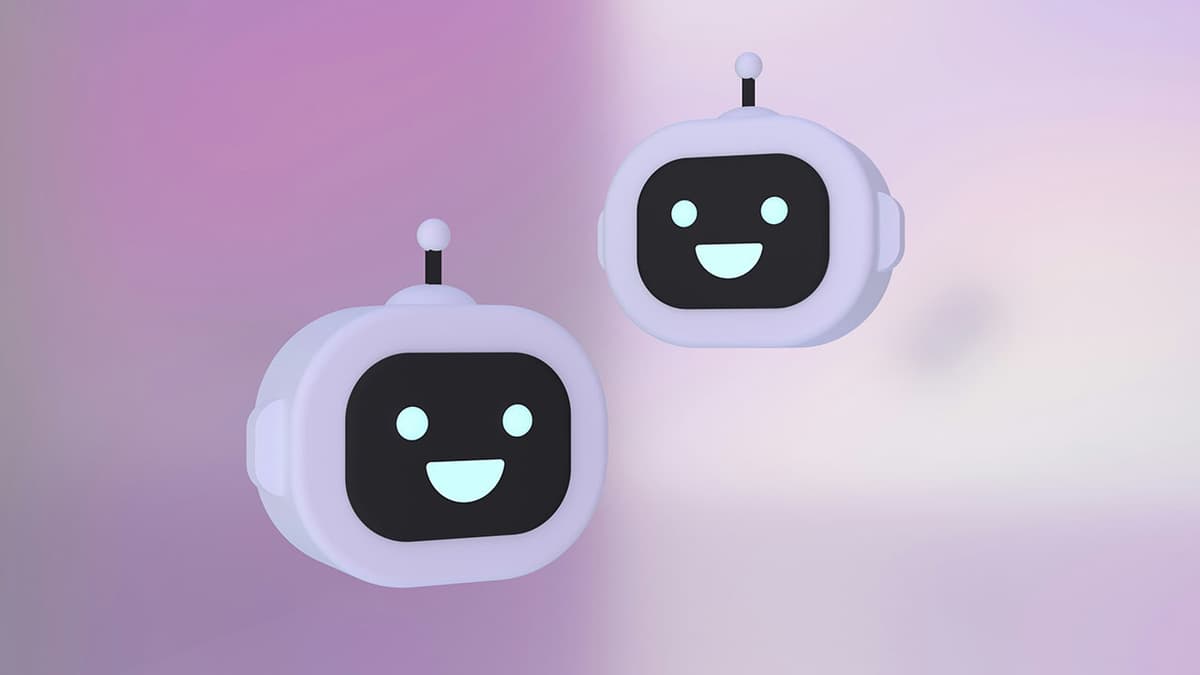How Does AI Learn Different Languages
Artificial Intelligence (AI) has made remarkable strides in recent years, and one of its most impressive feats is its ability to learn and understand multiple languages. This capability has numerous applications, from machine translation services to voice assistants that can communicate in various tongues. But how exactly does AI accomplish this multilingual prowess? In this article, we'll explore the fascinating process of how AI learns different languages.
Natural Language Processing (NLP)
At the heart of AI's language learning abilities lies a field called Natural Language Processing (NLP). NLP is a subset of AI that focuses on enabling machines to understand, interpret, and generate human language in a valuable way. It's the key technology that allows AI systems to work with multiple languages.
Data Collection
The journey to multilingual AI begins with data collection. AI models, particularly those used for language-related tasks, require vast amounts of text data in various languages. This data serves as the foundation for teaching AI to understand and generate language.
Training Multilingual Models
AI models, like the ones used for language tasks, are trained on this diverse multilingual dataset. The training process involves exposing the model to millions or even billions of sentences in different languages. Through this exposure, the AI learns the intricacies of grammar, vocabulary, and the unique characteristics of each language.
Cross-Lingual Transfer Learning
To achieve multilingual capabilities, AI often employs a technique called cross-lingual transfer learning. This technique allows an AI model trained in one language to leverage its knowledge to understand and process other languages more effectively. Essentially, the AI applies the patterns it has learned from one language to others.
Language Embeddings
AI models use language embeddings, which are mathematical representations of words and phrases in a multi-dimensional space. These embeddings capture the relationships and similarities between words in different languages. For example, the AI might learn that words like "chat" in English and "chatter" in French are related because of their proximity in the embedding space.
Multilingual Training Data
The availability of multilingual training data is crucial for AI to excel in multiple languages. AI models need exposure to a wide range of languages to become proficient. This data includes text from websites, books, articles, and other sources in various languages.
Fine-Tuning
After the initial training on multilingual data, AI models are often fine-tuned for specific languages or language pairs to improve their performance. This fine-tuning process refines the model's understanding and generation of languages, making it more accurate and context-aware.
Evaluation and Feedback
Continuous evaluation and feedback loops are essential for AI to adapt and improve in different languages. Users interacting with AI systems provide valuable input, helping the model understand the nuances of language usage and stay up-to-date with evolving language trends.
Multilingual Applications
The ability of AI to learn multiple languages has given rise to a wide range of applications. These include:
-
Machine Translation: AI-powered translation services like Google Translate can quickly and accurately translate text between languages.
-
Multilingual Voice Assistants: Voice-activated assistants like Siri and Alexa can understand and respond in various languages, making them accessible to a global audience.
-
Sentiment Analysis: AI can analyze sentiment in different languages, helping businesses understand customer feedback worldwide.
-
Multilingual Content Generation: AI can generate content in multiple languages, aiding content creators and marketers in reaching global audiences.
-
Language Learning: AI-powered language learning apps offer personalized lessons and practice in numerous languages.
Challenges
While AI has made impressive strides in multilingual learning, challenges remain. Some languages have limited digital data available, making it difficult to train AI effectively. Additionally, handling languages with complex scripts or unique linguistic features can be a formidable task.
AI's ability to learn different languages is a testament to its adaptability and versatility. Through Natural Language Processing, extensive data collection, and cross-lingual transfer learning, AI models can grasp the intricacies of multiple languages. This capability opens the door to a multitude of applications, from translation services to global communication platforms. As AI continues to evolve, its multilingual proficiency is set to play an increasingly vital role in our interconnected world.












